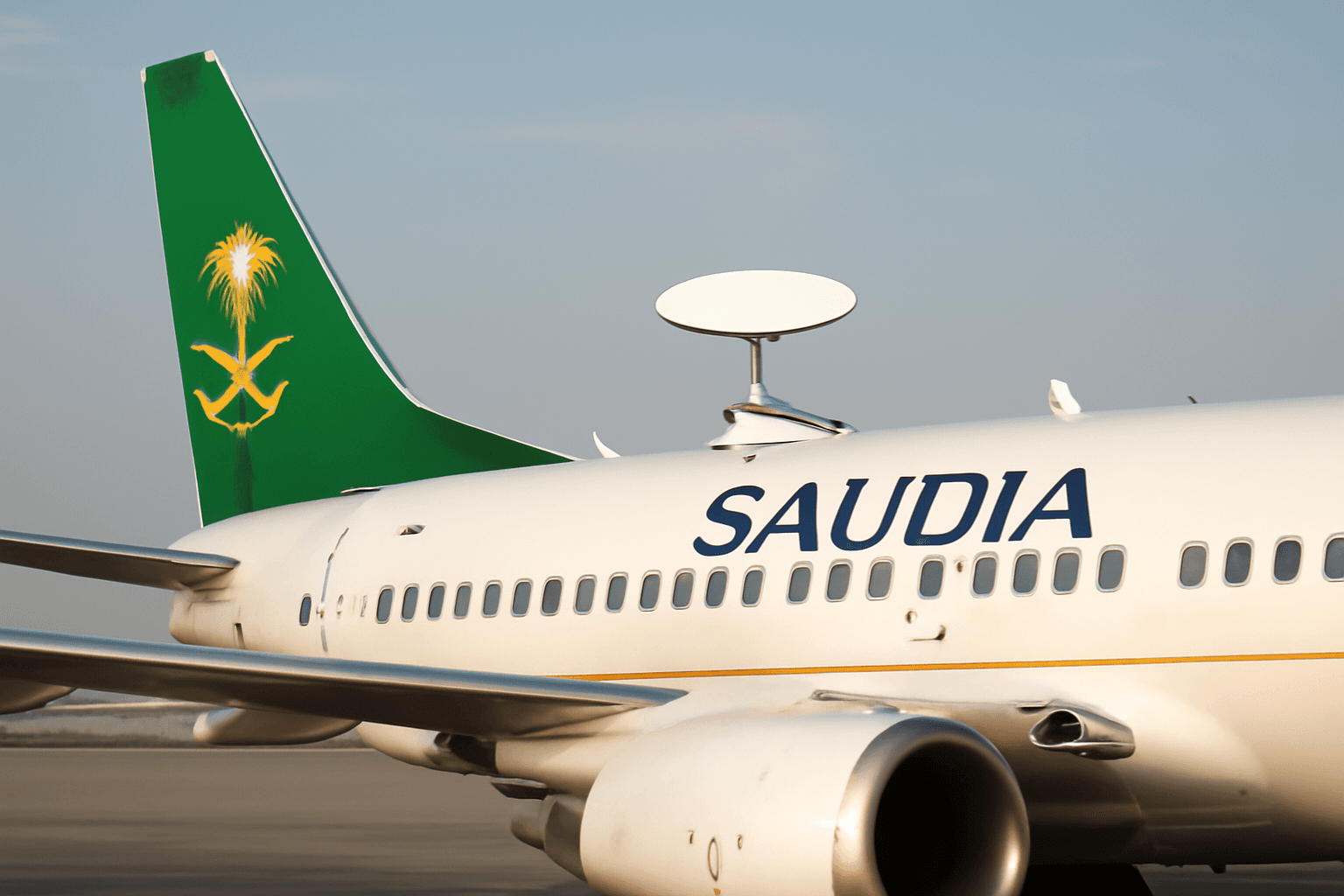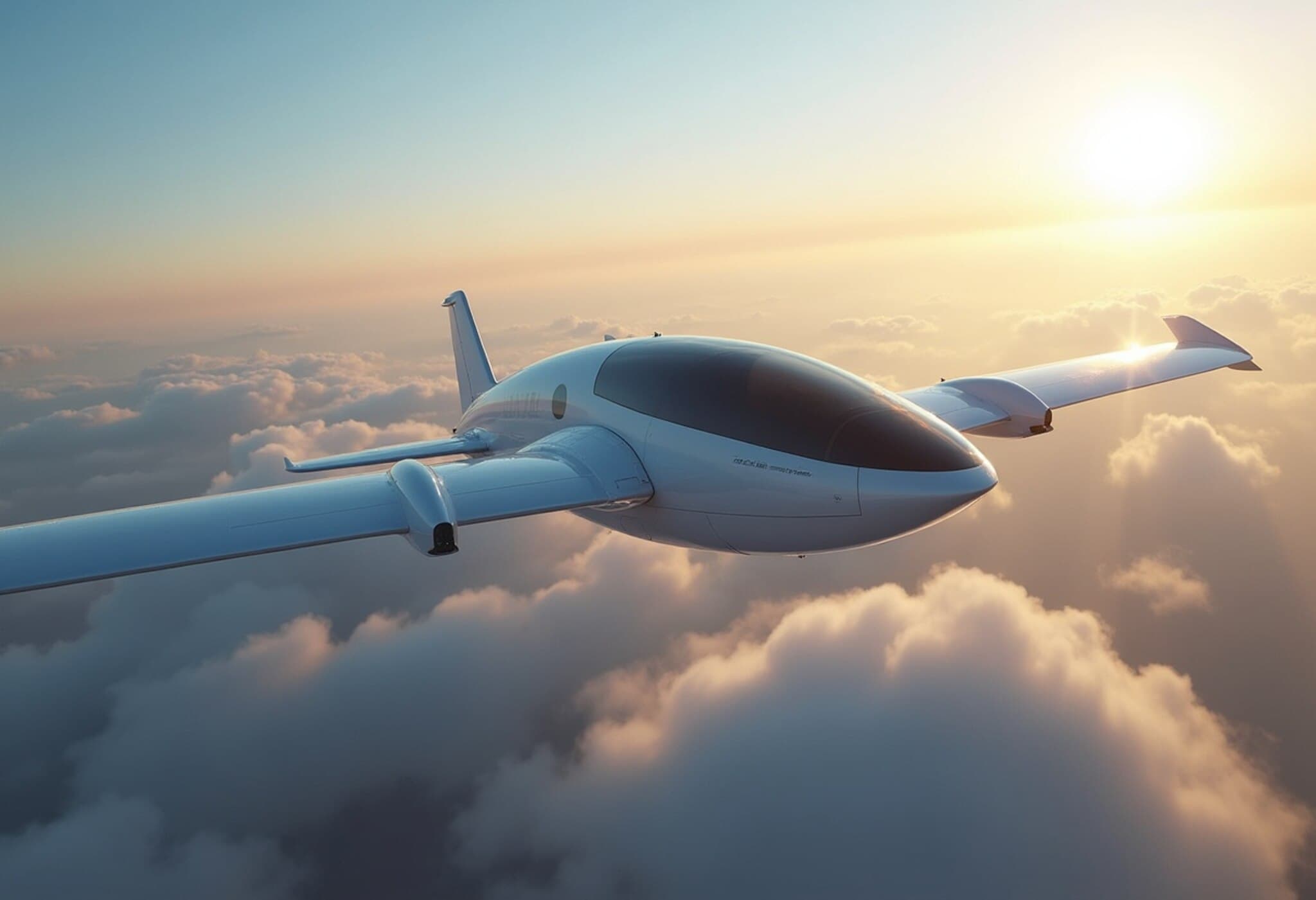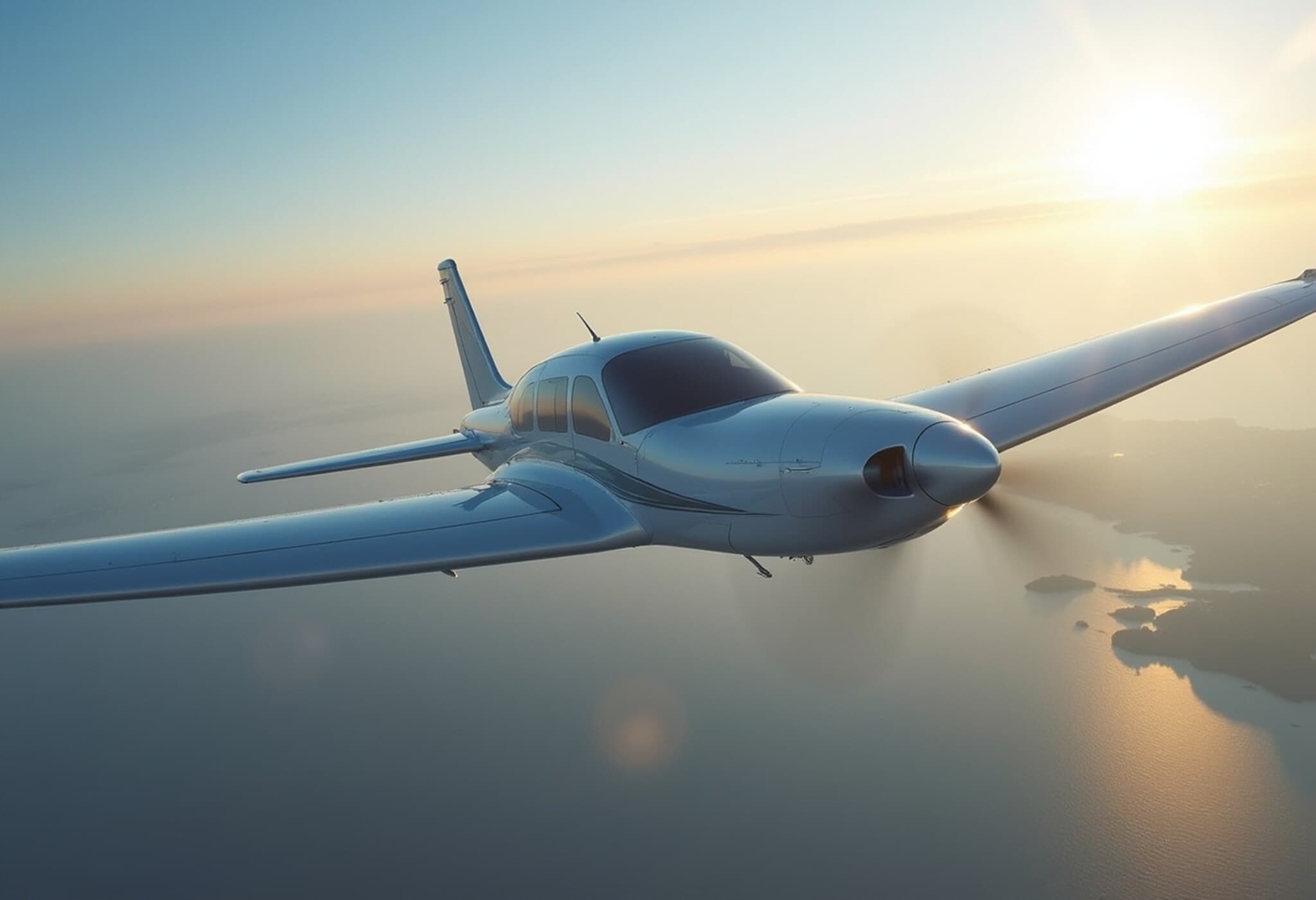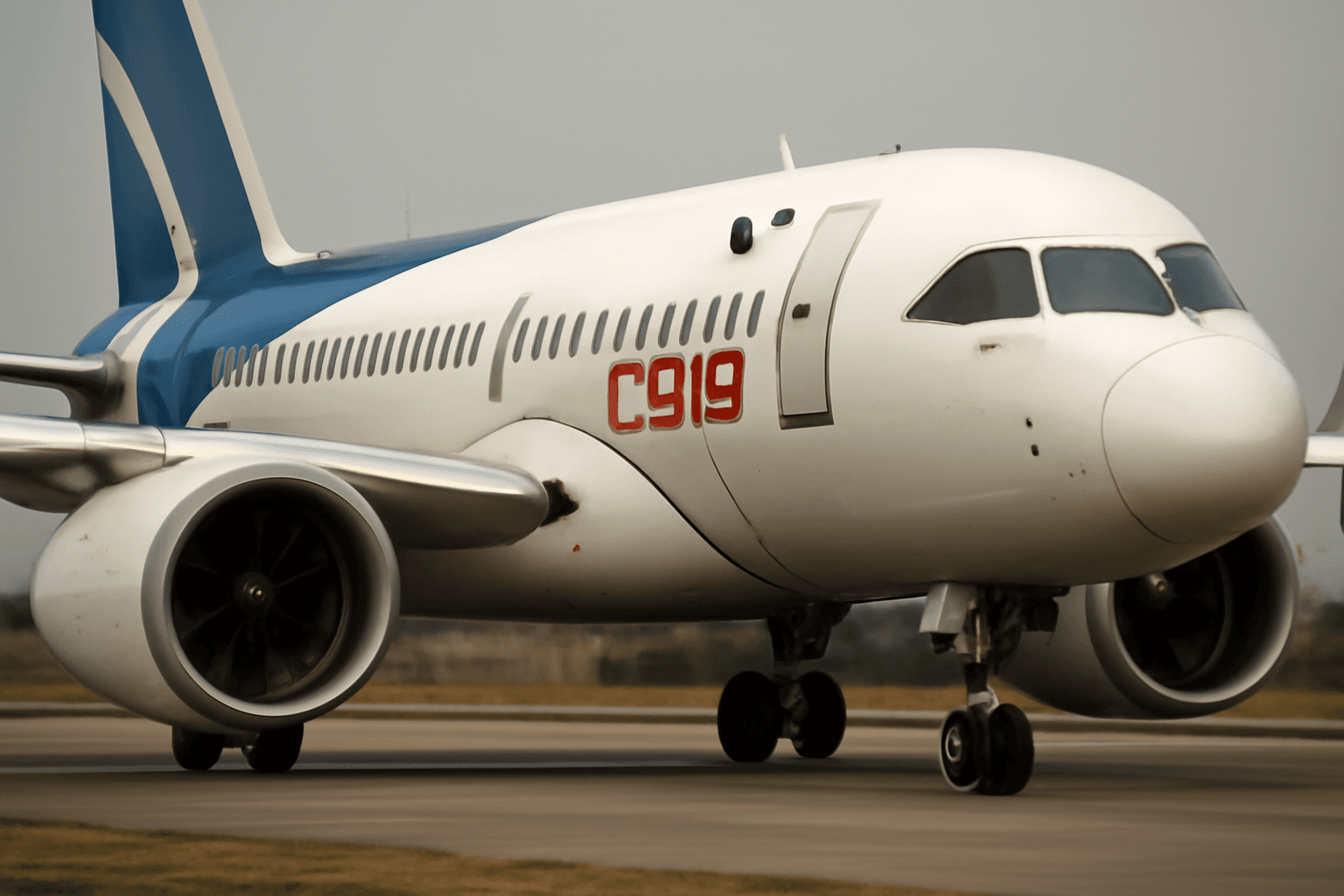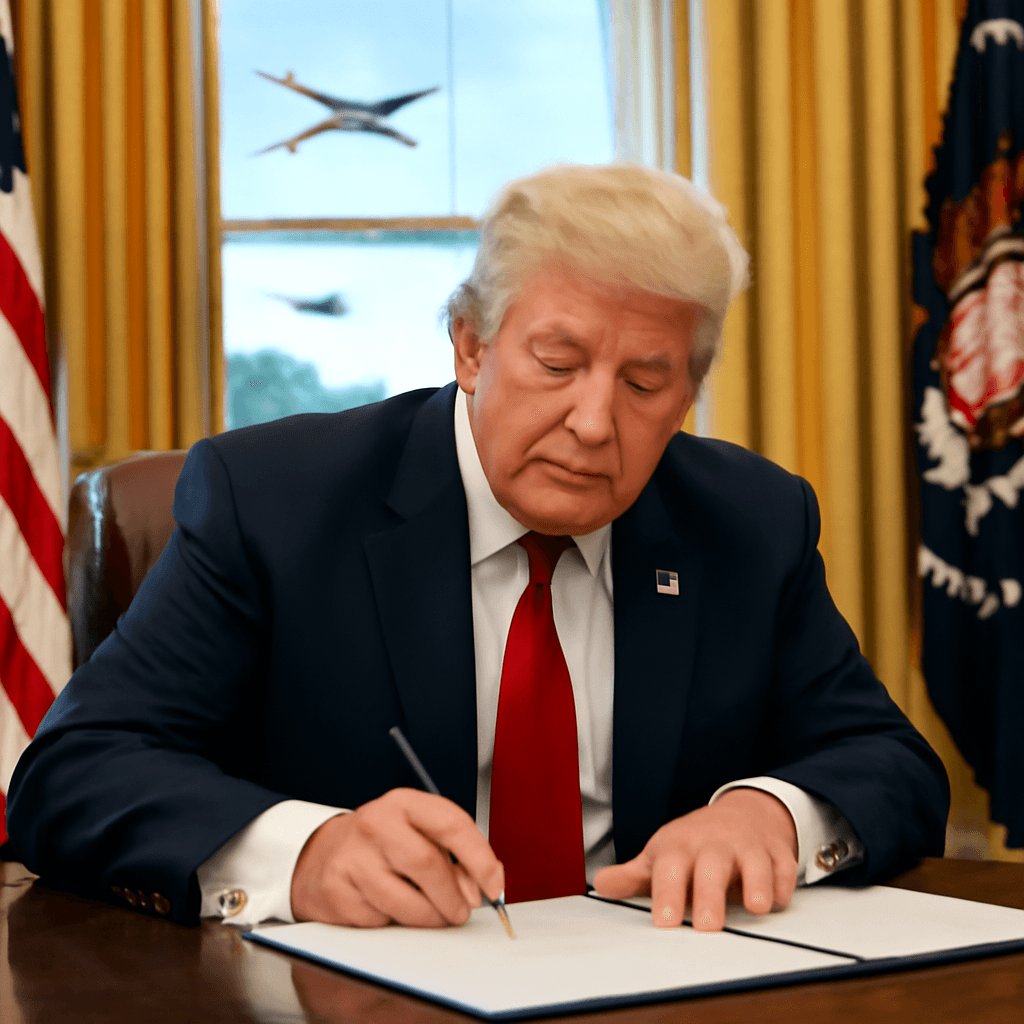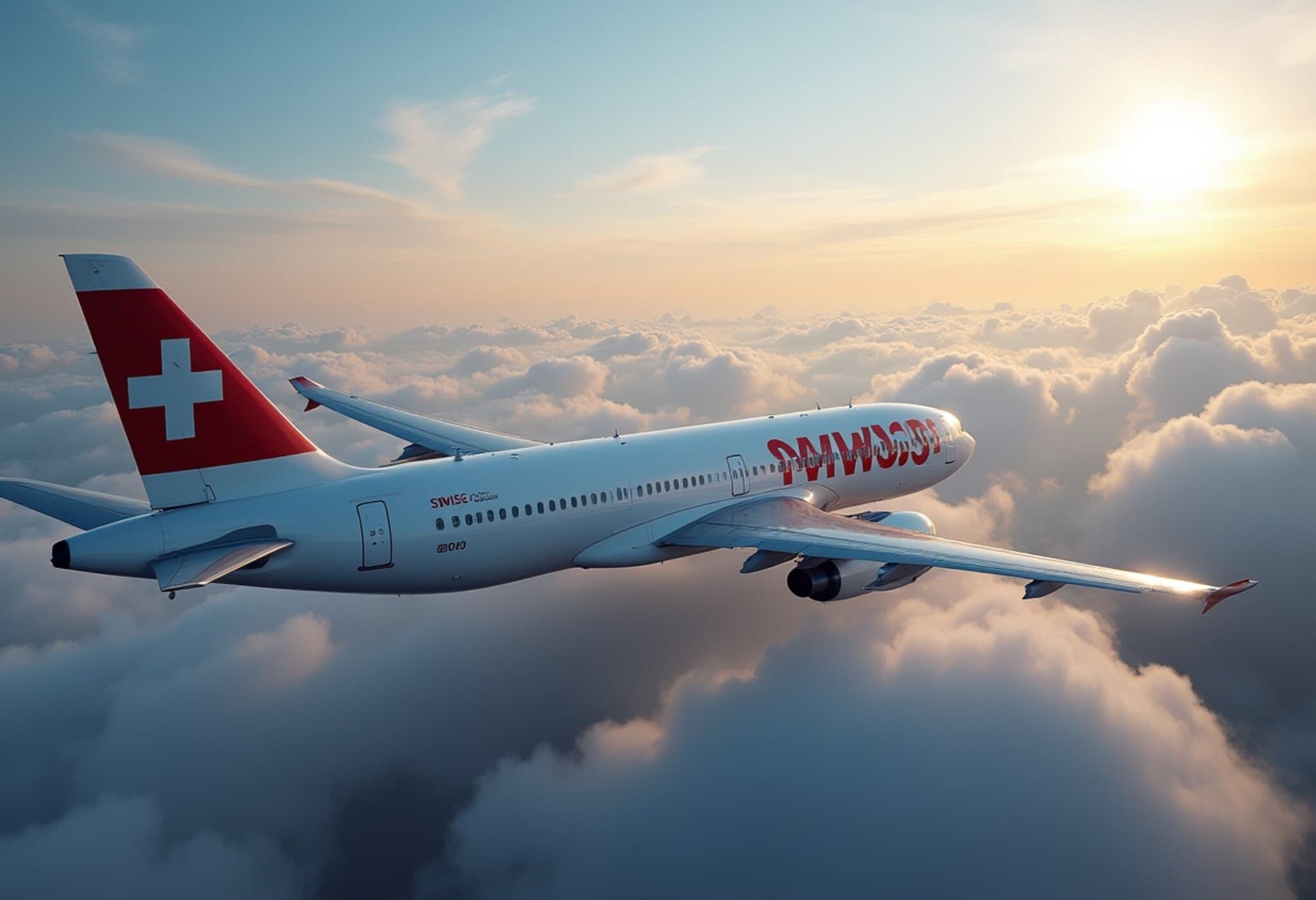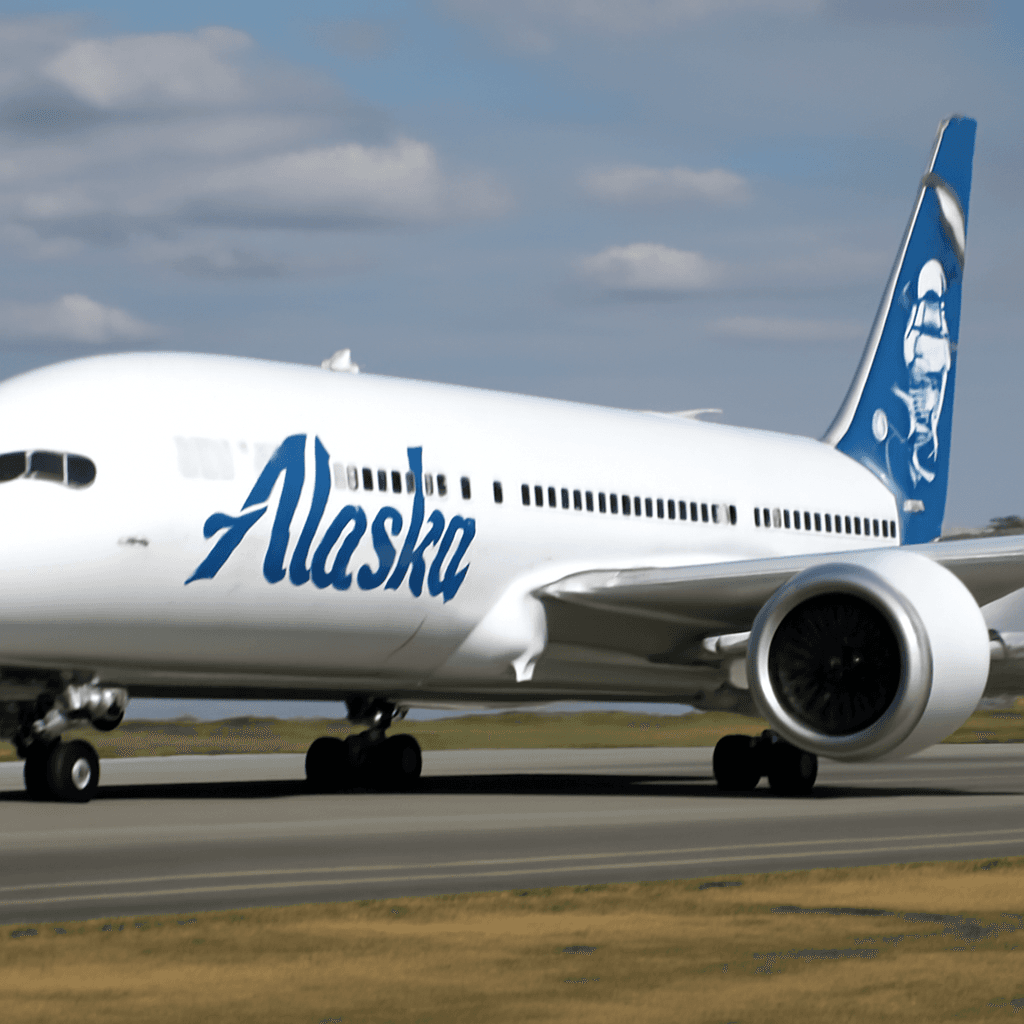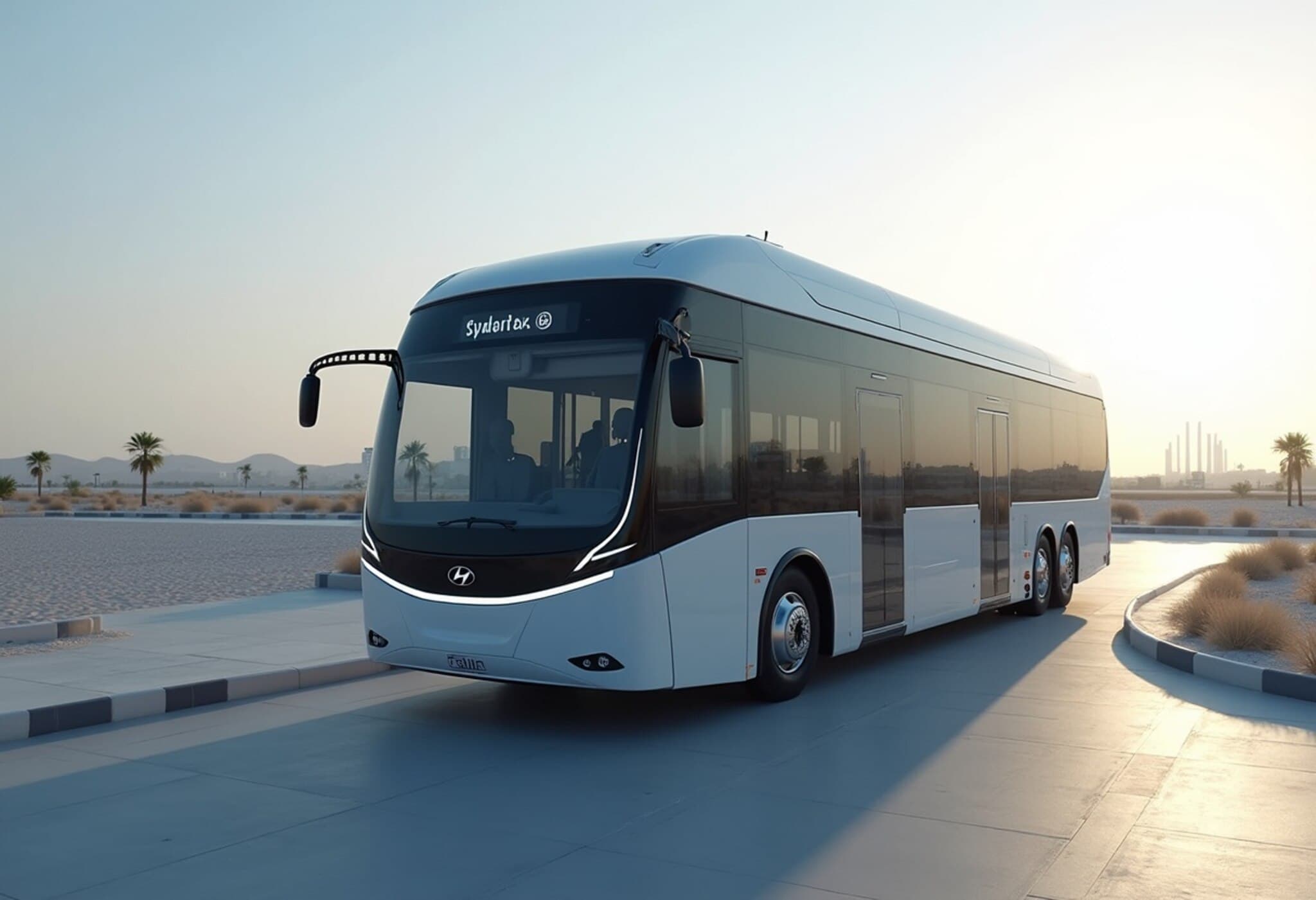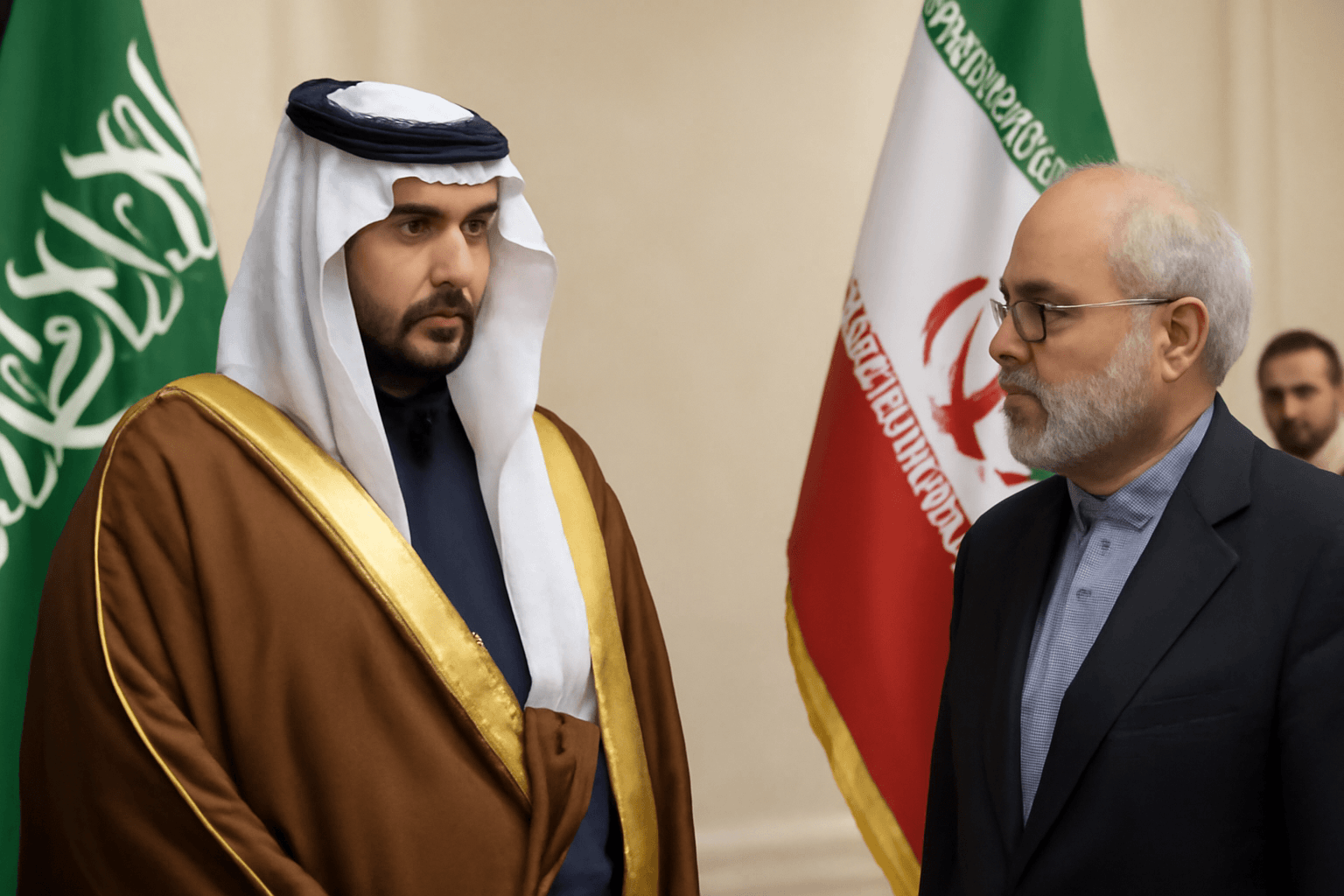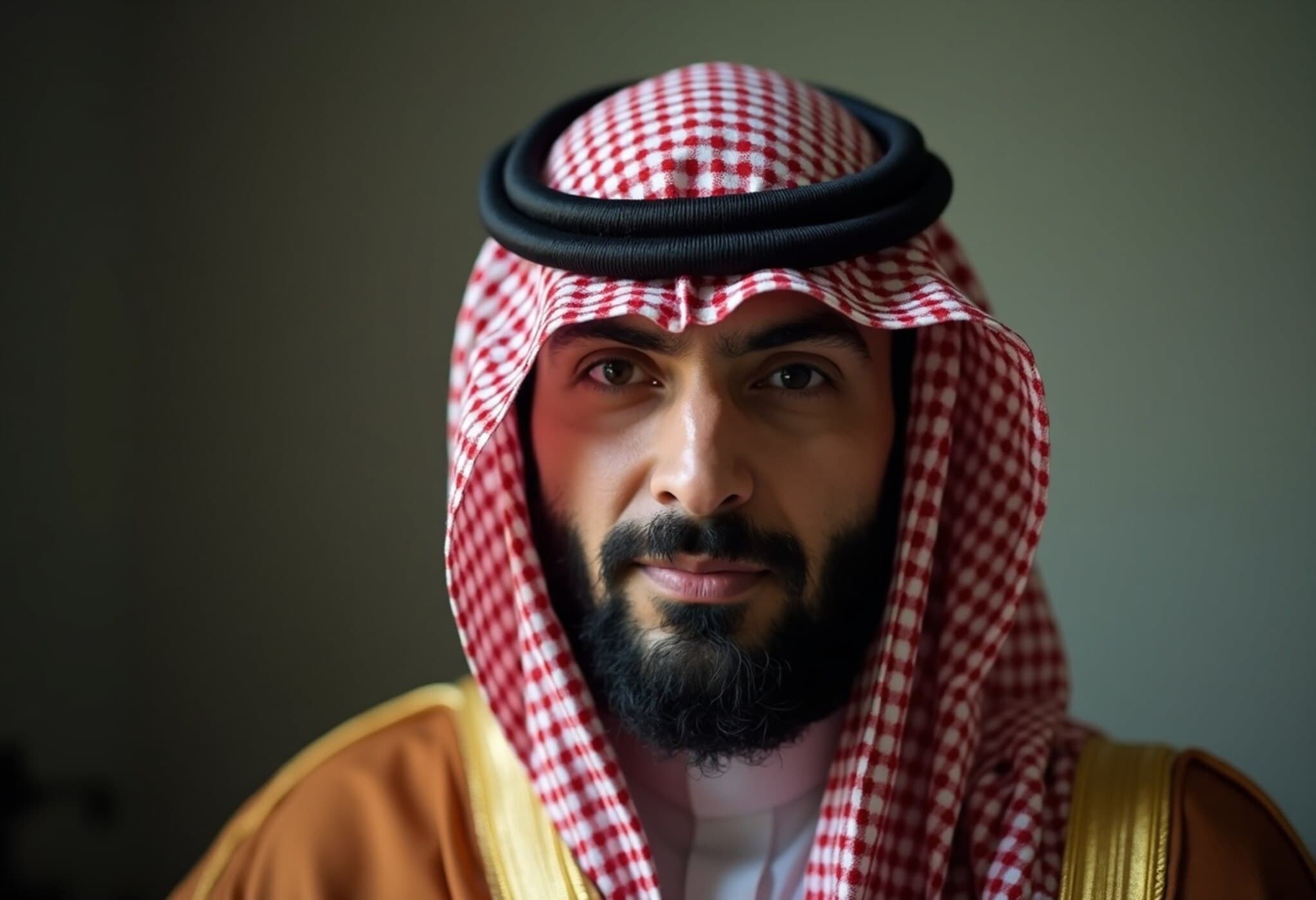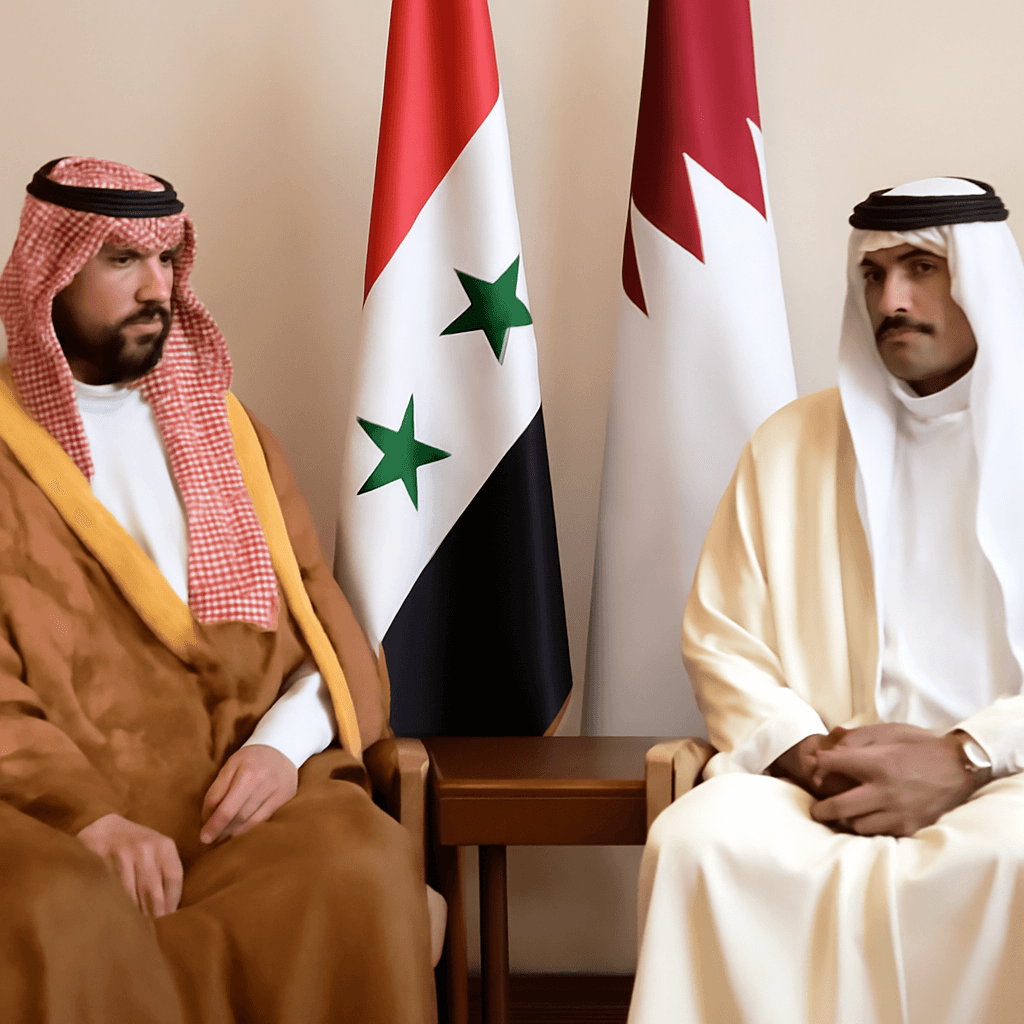Saudia Airlines Eyes SpaceX Starlink for Enhanced In-Flight Connectivity
Saudi Arabia's flagship carrier, Saudia (formerly Saudi Arabian Airlines), is reportedly on the brink of finalizing an agreement with Elon Musk’s SpaceX to equip its fleet with Starlink satellite internet. This ambitious move promises to revolutionize in-flight connectivity for passengers traveling across multiple continents.
What Starlink Brings to Aviation
Starlink leverages a constellation of low Earth orbit (LEO) satellites to provide high-speed broadband internet across the globe, including remote and hard-to-reach areas. By integrating Starlink, Saudia aims to deliver a reliable internet experience to thousands of travelers on more than 140 aircraft spanning routes in the Middle East, Africa, Asia, Europe, and North America.
Following Qatar Airways’ Trailblazing Example
The adoption of Starlink by Saudia echoes an industry trend led by regional giant Qatar Airways. Since 2024, Qatar Airways has pioneered Starlink on its Boeing 777 fleet, becoming the first global airline to use the service on such aircraft. Over 40 Boeing 777s are already equipped, with plans to extend Starlink to the entire Boeing 777 and A350 fleets by the end of 2025. This demonstrates growing recognition of satellite-based internet as a crucial component of the modern flying experience.
Saudi Arabia’s Strategic Embrace of Starlink in Aviation and Maritime
In May 2025, Saudi Arabia officially approved the use of Starlink technology for both aviation and maritime sectors. The country's regulators view Starlink as vital for bridging connectivity gaps in vast, remote areas, ensuring continuous broadband service even in the most isolated regions. This regulatory green light underscores Saudi Arabia’s commitment to modernizing its transport infrastructure and enhancing passenger experiences.
Business Ties Strengthen the Partnership
The relationship between SpaceX and Saudi Arabia extends beyond commercial operations. Notably, Prince Alwaleed bin Talal and his Kingdom Holding Company have significant stakes in xAI, a company affiliated with Elon Musk. These business links could facilitate deeper collaboration and integration of Starlink’s cutting-edge technology across Saudi Arabia’s aviation and maritime sectors.
What This Means for Passengers and the Industry
- Seamless Connectivity: Passengers can expect faster and more reliable internet service, transforming in-flight entertainment and productivity.
- Competitive Edge: Saudia aligns itself with global aviation leaders adopting next-generation connectivity, potentially enhancing customer loyalty and brand perception.
- Economic Impact: Improved connectivity supports the digital economy and can attract more global partnerships and tourism.
Underreported Perspectives
While the headline focuses on passenger benefits, a less discussed but critical aspect is the potential for Starlink technology to enhance operational efficiency and safety in aviation and maritime navigation. Real-time data exchange can improve route planning, weather updates, and emergency communications, especially across remote regions. Additionally, the competitive dynamics between traditional satellite service providers and emerging LEO constellations like Starlink signal a broader industry transformation worth following.
Editor’s Note
As Saudia moves closer to adopting SpaceX's Starlink, it sets a precedent for Middle Eastern carriers leveraging cutting-edge satellite internet. This development prompts questions about global regulation, cybersecurity of in-flight systems, and the environmental impact of burgeoning satellite networks. Observing how this partnership unfolds will offer valuable insights into the future of connected aviation and broader digital infrastructure strategies.

